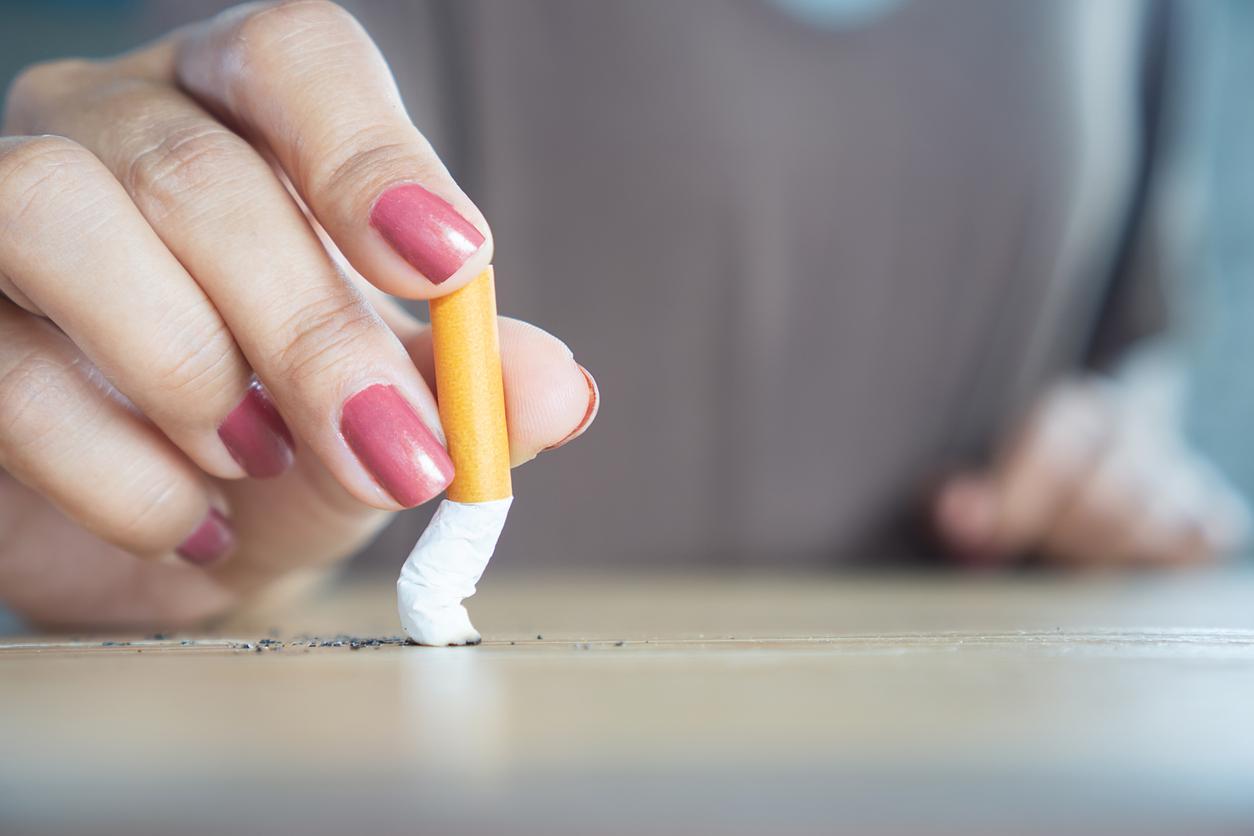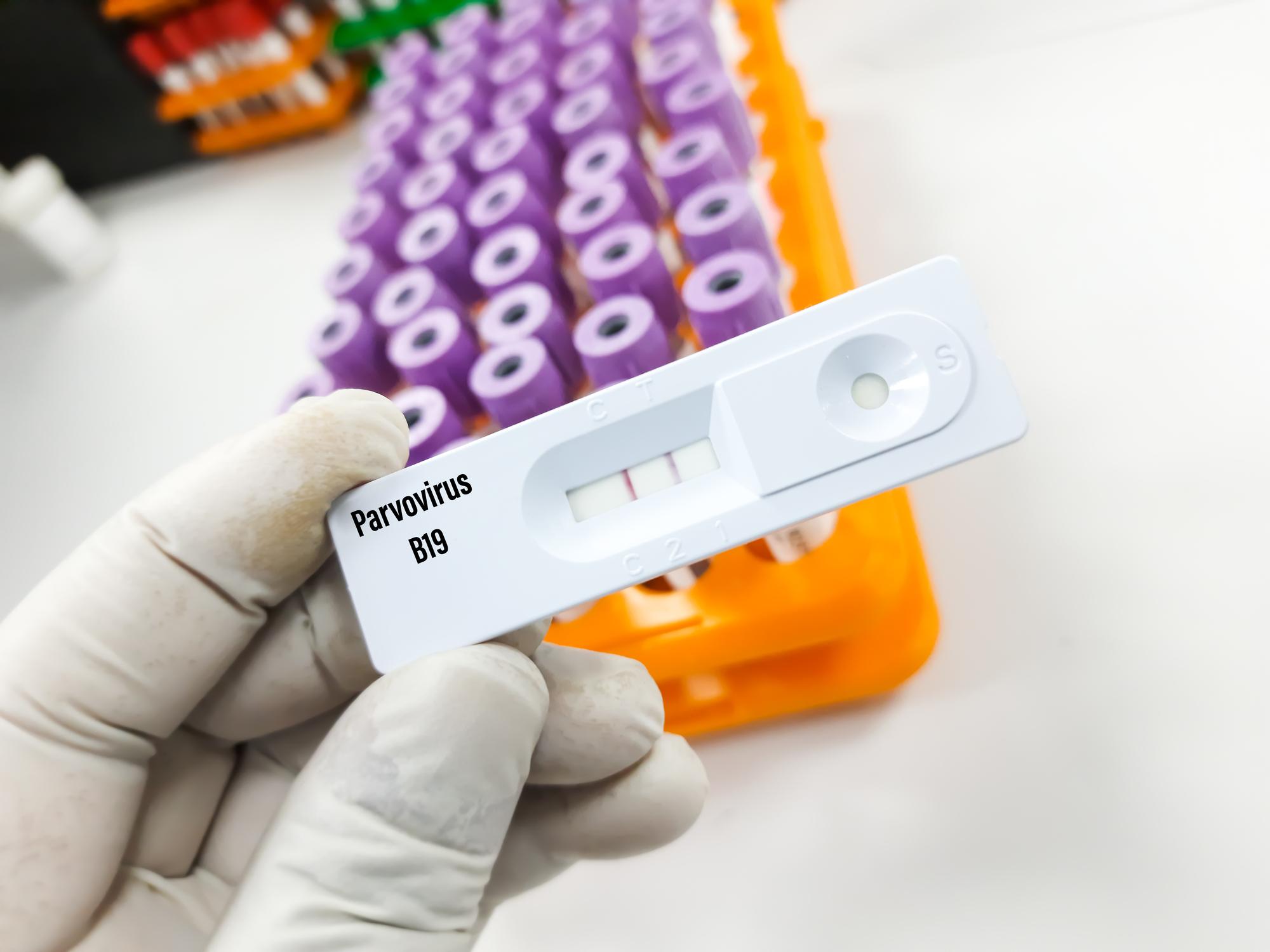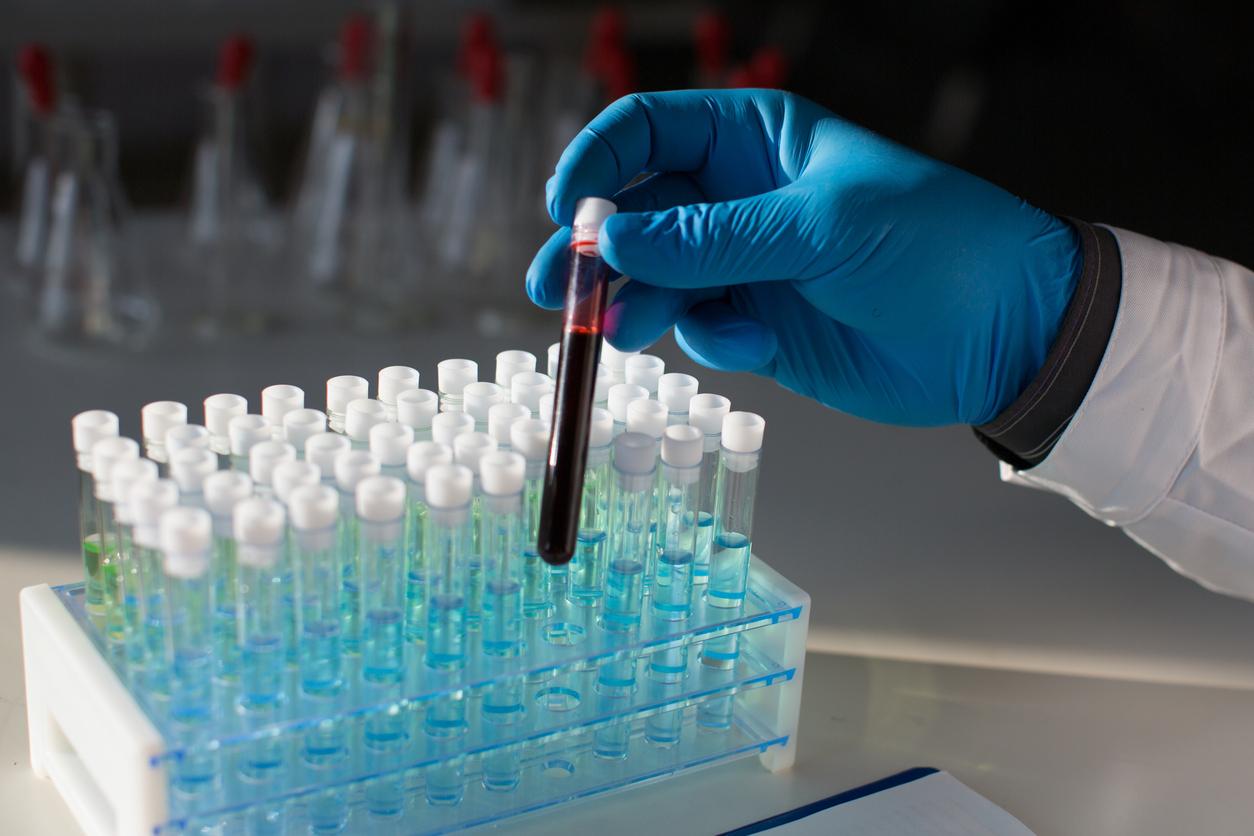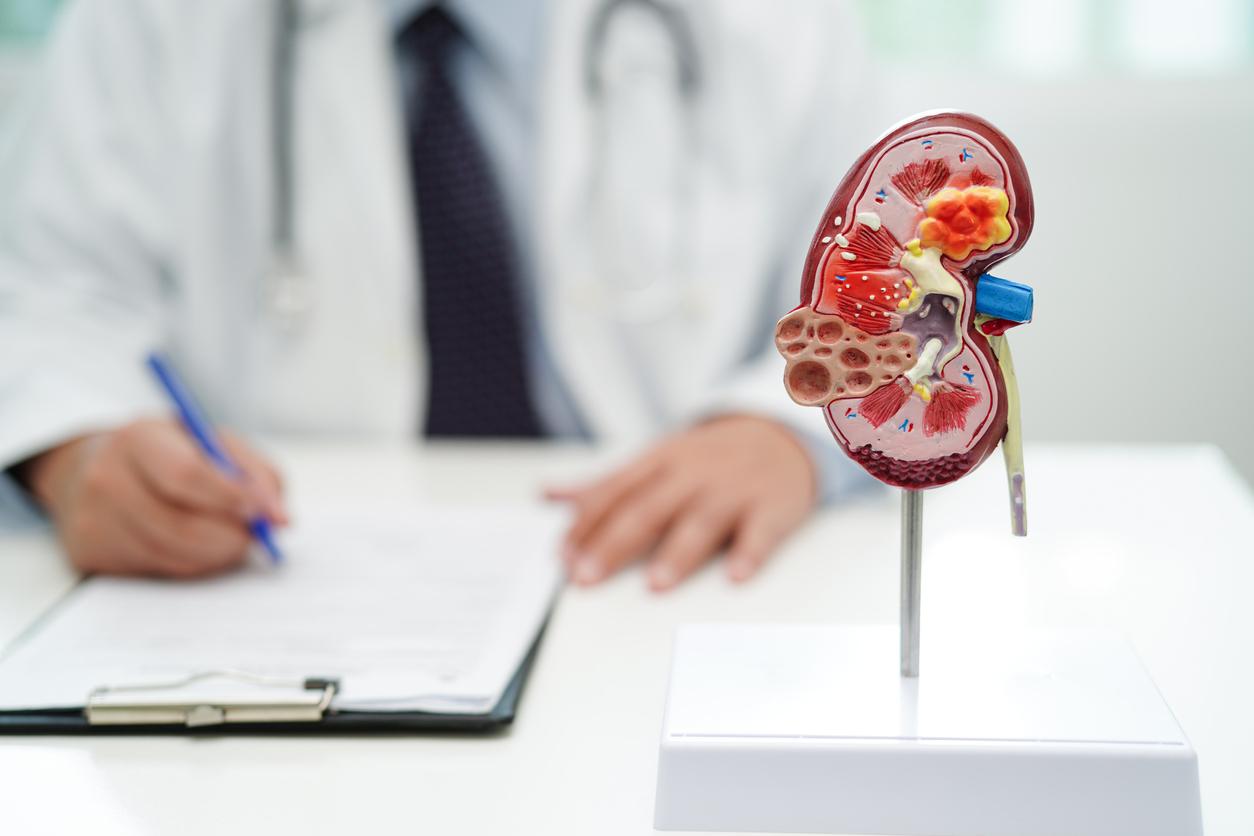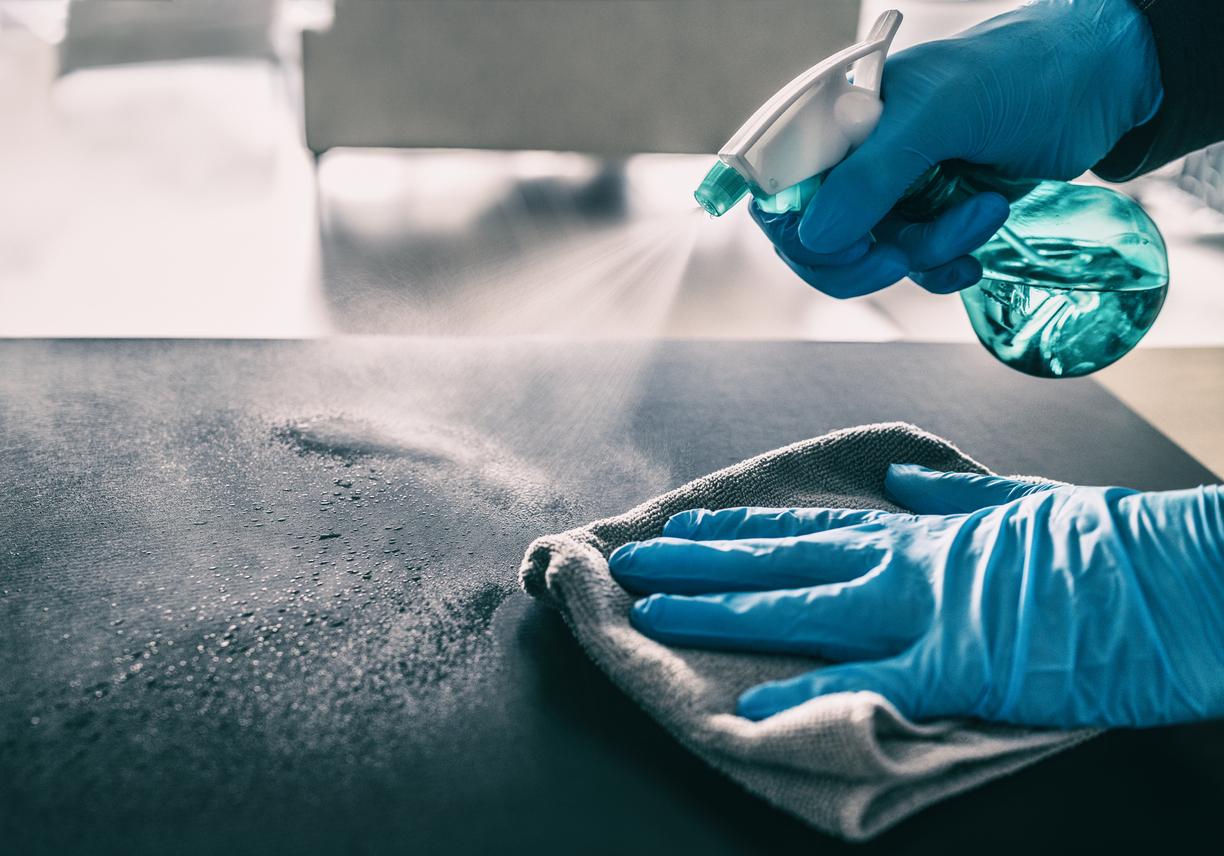
December 18, 2009 – Consumption of soy products may reduce the risk of death and recurrence in women who have had breast cancer, according to a Chinese study published in the Journal of the American Medical Association (JAMA)1.
The study was carried out among 5,033 women in Shanghai, aged 20 to 75, who were first diagnosed with breast cancer. After 4 years of follow-up, in the participants who consumed the most soybeans, the risk of mortality was reduced by 29%; and the risk of recurrence, 32% compared to those who ate the least2.
Women who consumed the most soy decreased their risk of death and recurrence regardless of whether they used tamoxifen, an antiestrogen commonly used for the treatment of breast cancer.
Participants completed a comprehensive lifestyle questionnaire and all data on their cancer progression was compiled. Soy consumption was measured by a questionnaire listing the most common soy foods, such as tofu, soy milk, fresh soy beans, but also meat, fish and cruciferous vegetables. The follow-up of the participants was made 6 months after the diagnosis, then after 18 months, 3 years and 5 years.
At the end of the study, researchers recorded 444 deaths and 534 breast cancer recurrences.
Phytoestrogens
Foods made from soy beans contain protein and isoflavones (phytoestrogens), plant compounds that play a role similar to estrogen. Some studies have shown that soy can interact with certain hormonal treatments or even increase the progression of breast tumors in women going through menopause. “In women with or at risk for breast cancer, it is recommended not to consume phytoestrogen supplements. On the other hand, the moderate consumption of soy-based foods, integrated into a balanced diet, would be completely safe, ”says nutritionist Stéphanie Côté, coordinator for the Extenso group.
According to the results of this study, 11 g of soy protein per day would be sufficient to have an effect on the risk of death and recurrence of breast cancer. This is the equivalent of 1 ½ cup of soy beverage, ½ cup of soy beans or ½ cup of tofu. Larger servings of soy would not provide more protection.
“Tofu, soy beans, fresh (edamame) or roasted, and tempeh, a meat substitute made from fermented soybeans, are all excellent sources of soy,” says Stéphanie Côté. Soy drinks contain widely varying concentrations of isoflavones and only some mark the content, ”she notes.
“Asians consume much more soy than North Americans, from a young age,” says the nutritionist. The range of soy products is growing on our shelves. Consuming it as soon as possible allows you to take full advantage of its beneficial effects. “
Emmanuelle Bergeron – PasseportSanté.net
1. Shu XO, Zheng Y, et al. Soy food intake and breast cancer survival, JAMA. 2009 Dec 9; 302 (22): 2437-43.
2. Women were divided into 4 groups according to the amount of soy they consumed, measured as protein or isoflavones. Those who consumed the least ingested less than 5.31 g of protein / day (or less than 20 mg of isoflavones / day), those who consumed the most ingested more than 15.31 g of protein per day (or more of 62.68 mg of isoflavones / day). The middle groups consumed 5.32 to 15.31 g of protein / day (or 20 mg to 62.68 mg of isoflavones / day).











